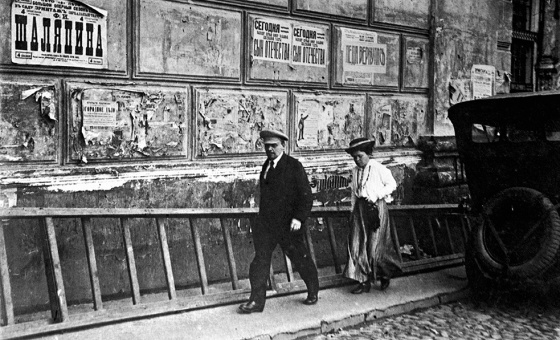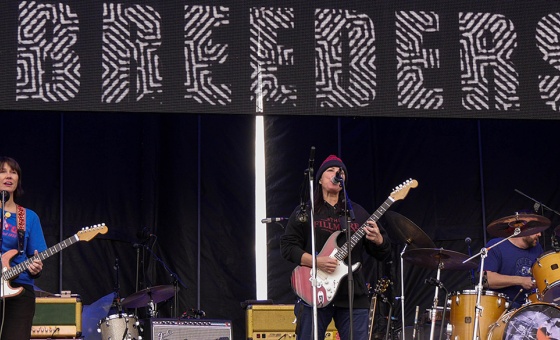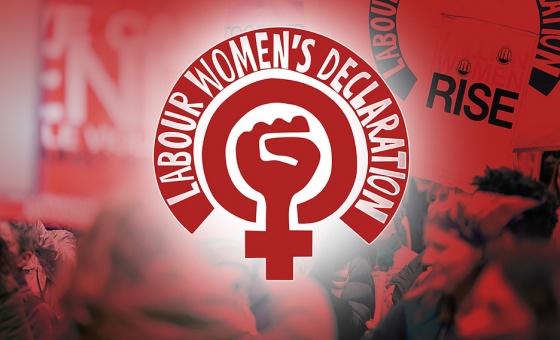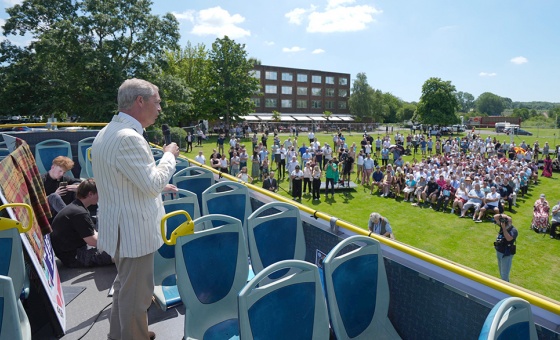This is the last article you can read this month
You can read more article this month
You can read more articles this month
Sorry your limit is up for this month
Reset on:
Please help support the Morning Star by subscribing here
Just before noon on September 11 1973 two Hawker Hunter fighter-bombers flew low over the rooftops in Santiago de Chile and fired rockets into La Moneda, the presidential palace.
Inside were the elected socialist president Salvador Allende and a handful of supporters resisting the overwhelming force of the coup-makers.
Earlier that morning on discovering that most of Chile’s military top brass had risen against his government Allende had made a final, defiant radio broadcast.
“They have force and will be able to dominate us. But social processes can be arrested by neither crime nor force,” he said.
“History is ours and people make history.”
I was with a small group of friends in a flat just a quarter of a mile away.
We heard Allende’s words on the radio when he had just a few hours left to live. He refused repeated offers of safe conduct out of the country, staying at his post to the last.
All through the morning we heard the rippling sound of gunfire. The roar of the jets overhead, the impact of the rockets.
Later on the radio was broadcasting harsh words, military commands. We learned a military junta had taken charge. We heard a name — General Augusto Pinochet.
We made a few forays into the stricken city, searching for friends and people we knew at the trade union centre.
We had an encounter with a gung-ho tank commander who said Allende had killed himself.
Helicopters flew over the city dropping leaflets inciting citizens to denounce the sinister outsiders who had come “to destroy Chile.”
Two of us were arrested as “suspicious foreigners,” marched at gunpoint to a nearby carabinero station and taken away to the Estadio Nacional, the football stadium. There I saw things that have stayed with me always.
Yet none of us could possibly have known that all this was just a foretaste of what was to come, a precursor to the establishment of a system of state terror that aimed at rooting out the left in all its shapes and sizes, eradicating all independent thinking, abolishing democracy, closing the elected Congress and suppressing all workers’ organisations.
Some of those who initially approved of the coup through hostility to Allende’s Popular Unity coalition of socialists, communists, radicals and two left-wing Christian parties looked to a rapid return to civilian rule.
But it turned out General Pinochet had no such intention. A deferential careerist who had only joined the putsch against Allende at the last moment, he held the post of commander in chief of the army.
Having tasted power he sidelined his co-conspirators and gathered all authority into his own hands.
Pinochet’s rule was to last 17 years until he lost a crucial plebiscite, after which Chile returned to a flawed but democratic form of government in 1990.
During those 17 years there were systematic violations of human rights. A flood of exiles escaped from Chile to various countries — 500 of them finding refuge in my native Scotland and many more in the rest of Britain.
The regime instituted a system of state terror, with many Chileans suffering torture and thousands being executed or “disappeared.”
Pinochet’s secret police agency, the Direccion de Inteligencia Nacional (Dina), co-operated with its counterparts across Latin America in organising Operation Condor, which tracked down and eliminated dissidents across the continent.
Dina also sought out some of the Chilean regime’s enemies further afield, in the United States and in Europe.
All this took place under the friendly eye of Henry Kissinger, who was national security adviser to president Richard Nixon at the time of the coup and was promoted to secretary of state a few days later.
As for the CIA, investigation has established that Dina chief General Manuel Contreras was regarded by the agency as “an asset.”
The rise of the ‘Chicago Boys’ and the failed neoliberal experiment
The Chilean officers who carried out the military coup in September 1973 did not themselves have any blueprint for running the country’s economy, though they detested Allende’s “Chilean way to socialism.”
But they were soon provided with one. They received a recommendation that they should appoint to government a group of economists who had a new model for the Chilean economy.
These were the “Chicago Boys,” Chileans who in the run-up to the coup had prepared a blueprint for the economy known as “the brick” on account of its voluminous size and weight.
The day after the coup copies of “the brick” landed on the desks of senior officers who had taken on government responsibilities.
The recommendation to appoint the Chicago Boys was made first to the navy, which had been put in charge of the economy.
It came from the prestigious Edwards media group, publishers of El Mercurio — known as “the Times of Chile.”
The Edwards group had enthusiastically supported the coup and so was sure of a receptive ear from the navy.
For the three years of Allende’s presidency the group’s newspapers had shown unrelenting hostility to him and the Popular Unity government.
In this, like many others in Chile’s business community, they had received support from the CIA, including secret funds.
These operations were part of a campaign by Kissinger and a number of US banks and corporations to undermine Allende through economic pressure, propaganda and subversion of the officer corps.
The Chicago Boys had studied at the University of Chicago, hence the name. Once they returned to Chile some worked for leading firms, others as academics at the Catholic University.
What united them all was an aversion to socialism and a fervent commitment to “free-market economics,” later to be called neoliberalism.
As the authors of “the brick” well knew their preferred policies would have such a brutal impact on the general population that they could never be implemented under a democratic regime.
Only a military dictatorship could pull them off.
It was not by happenstance that a group of radical capitalist economists was waiting in the wings when the 1973 coup gave them their opportunity to reshape Chile.
It had all started 20 years before when a US overseas aid official and the head of Chicago University’s economics department agreed to set up a postgraduate programme funded by the Ford Foundation.
The programme would train young Chileans according to the doctrines of Milton Friedman and other free-market devotees.
Friedman was the best known of Chicago University’s economists. He and his colleagues were well outside the mainstream, but they aspired to bring about a profound change in economic policy on a global scale.
Their opportunity came 40 years ago today in Santiago. What started in Chile turned into a worldwide assault on workers’ rights which, known variously as “the Washington consensus,” “Reaganomics” or “Thatcherism,” continues to this day.
Part two of Dick Barbor-Might’s analysis of the Chilean coup and its consequences will be published in tomorrow’s Morning Star.









